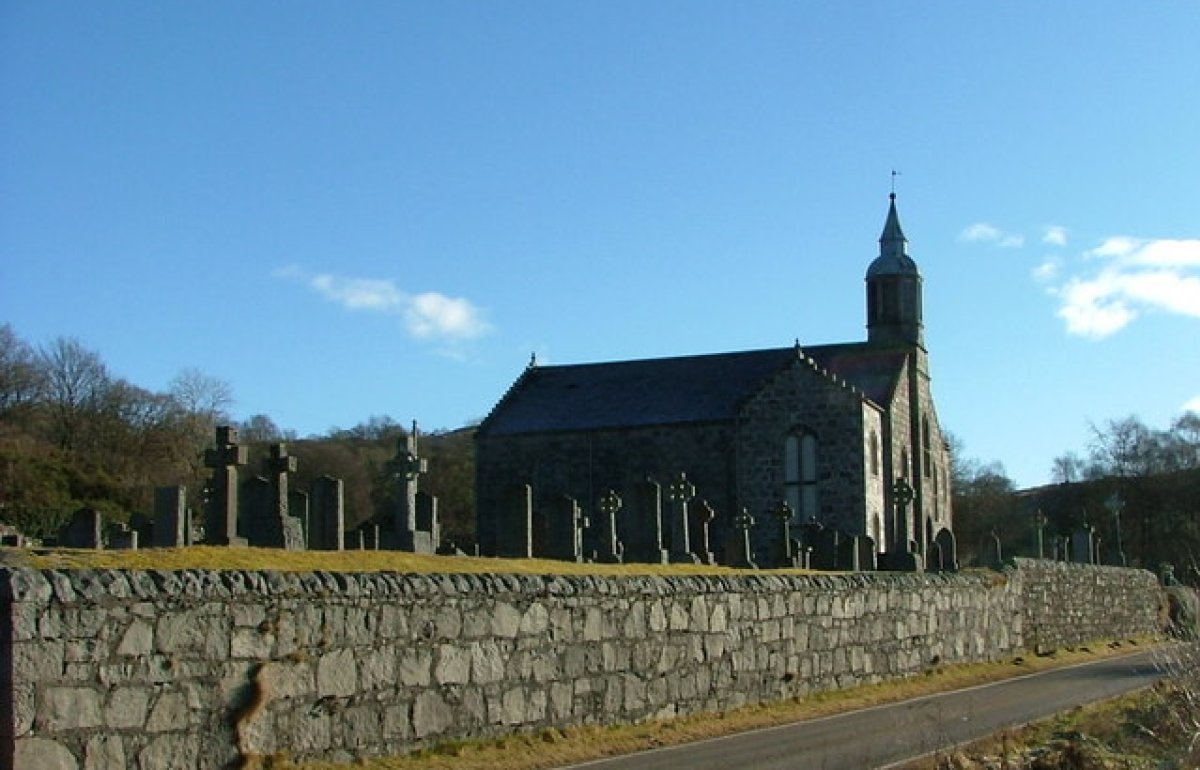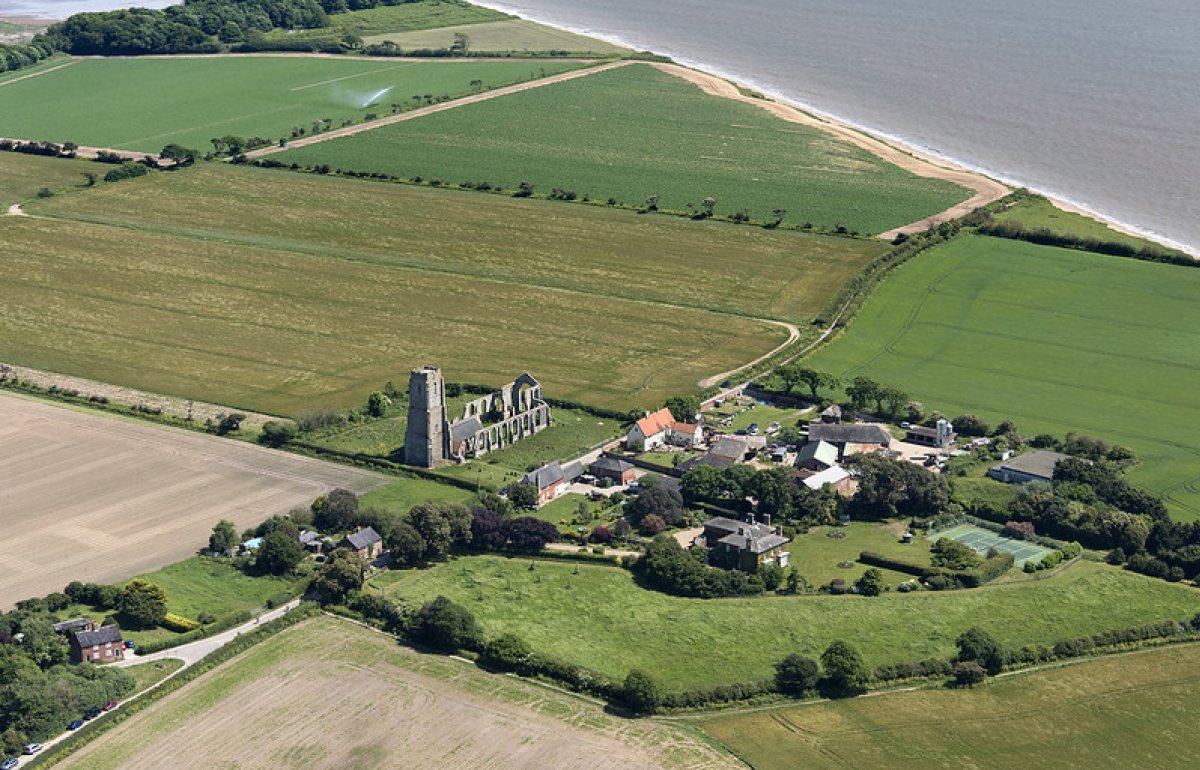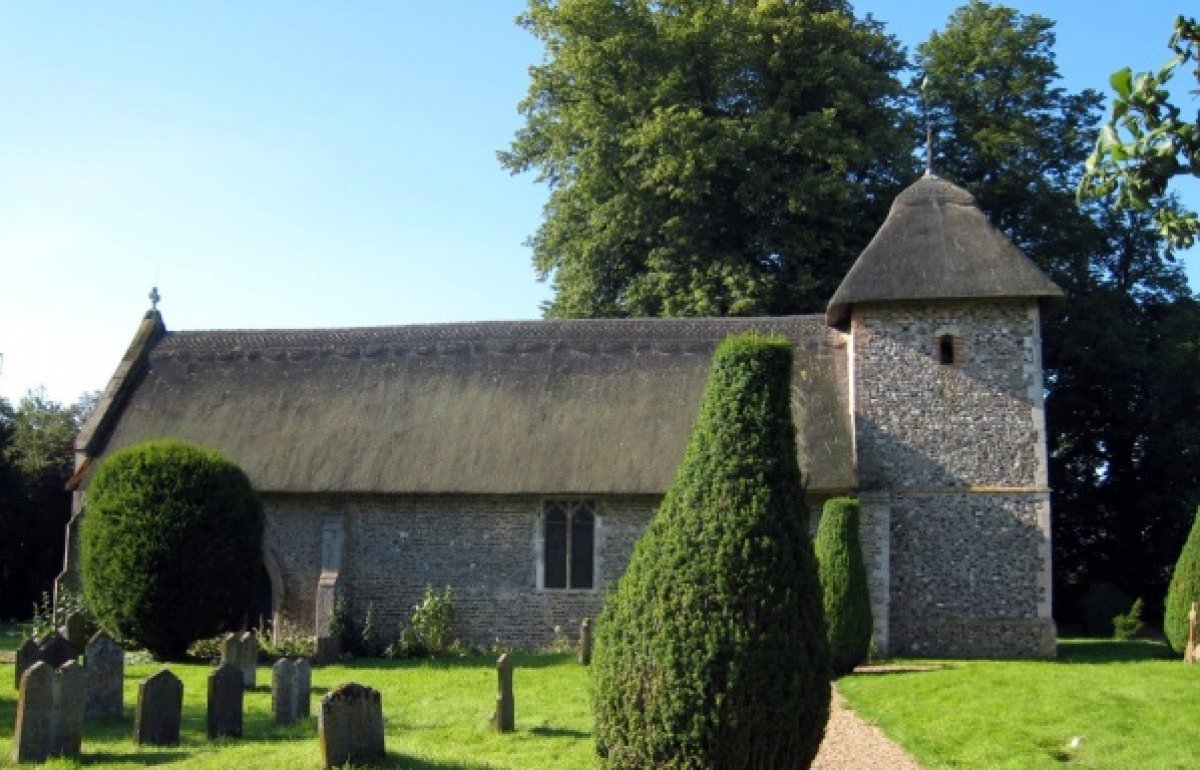Bats in Churches
Share on:
We were recently consulted on proposed changes to St George’s in West Grinstead, Sussex to accommodate its bat population. We asked The Bats in Churches Project, to tell us more about protecting historic buildings and bats.
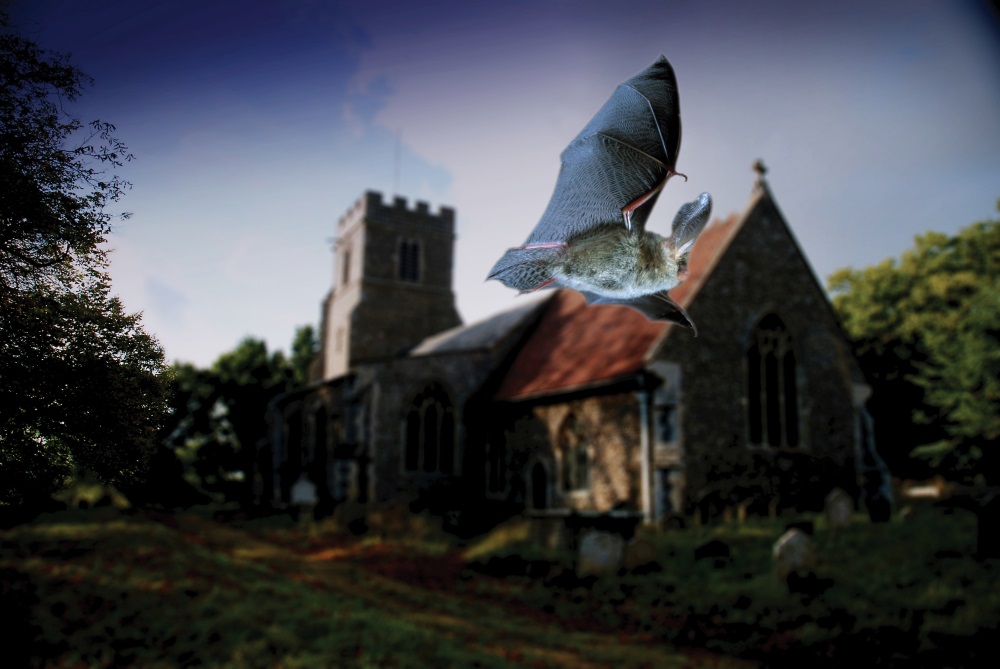
Bats are a crucial part of our natural environment, but their presence can be a concern for anyone who cares for historic churches. When bats are found roosting in large numbers, droppings and urine can cause significant damage to historic fabric and furnishings and present a challenging cleaning burden to volunteers.
Like our vulnerable historic artefacts, bats are also under threat. The large-scale loss of their natural habitat due to intensive agriculture and rural development has resulted in a dramatic decrease in numbers. As a result, they have become increasingly reliant on church buildings in which to roost and are protected by law. Balancing the need for the preservation of bats and of church fabric is a challenge, but one that the Bats in Churches project is tackling.
Bats in Churches is a partnership between Natural England, the Church of England, the Bat Conservation Trust, the Churches Conservation Trust, and Historic England that was created to address the issues that bats can cause in churches while continuing to protect their roosts. The project is working with over 100 churches and was made possible by a grant from the National Lottery Heritage Fund.
Why do bats use churches?
The structure and imperfections of historic buildings appeal to the roosting preferences of bats. Over many years, worshippers have extended and adapted churches leading to inevitable cracks and crevices in the stonework and wood. These provide access to suitably sized voids within which to roost. Historic buildings are breathable, maintain a steady temperature and have long open spaces, like a nave roof, which are all things that bats like.
Churchyards are also attractive to bats as they tend to be species-rich with plenty of wildflowers and insects, providing the perfect place to forage at night.
What effects do bats have on churches?
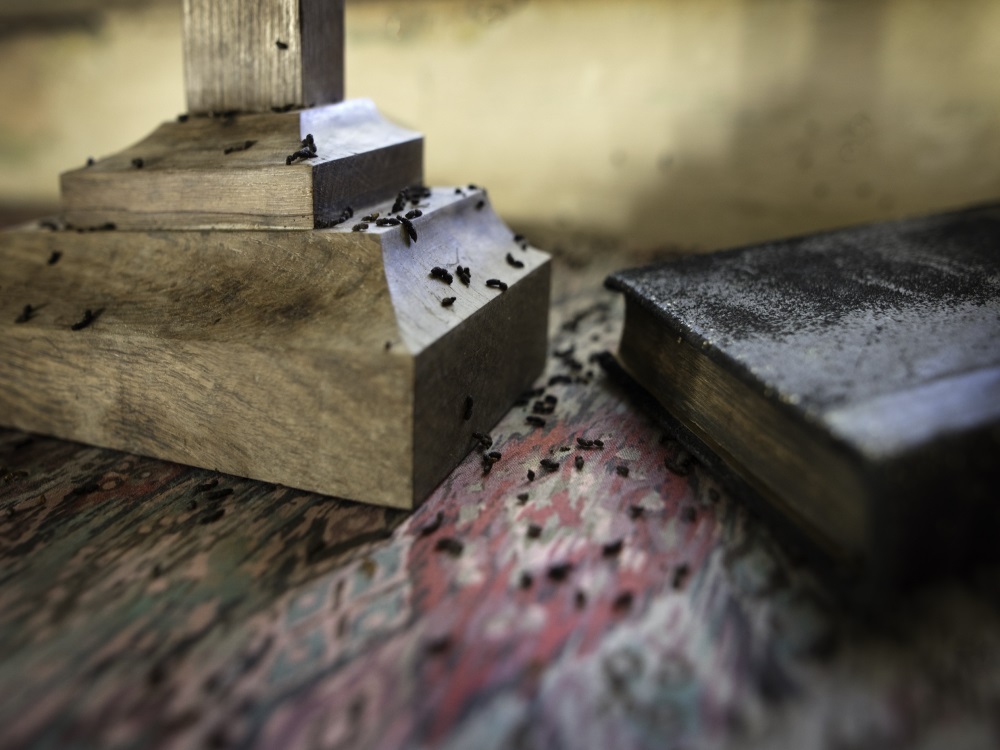
The content of bat droppings alone is relatively harmless being made up of dry insect exoskeletons, but small amounts of nitrogen, fats and oils can cause staining. This staining is worsened when droppings are mixed with water and/or urine deposits, especially on light-coloured, porous materials like marble. Droppings can also adhere strongly to surfaces, which is problematic for vulnerable or friable areas like wall paintings.
Bat urine deposits are of a higher cause for conservation concern because they cause more damage than droppings on their own and are harder to detect. Bat urine can sit undetected on a historic object for a long period of time and cause visible and chemical long-term damage.
The presence of bat droppings and urine and the damage caused present an increased need for cleaning. Even when cleaning carefully, regular cleaning and intended good maintenance can result in damage, for example, the loss of paintwork and abrasion of metal surfaces.
How can the Bats in Churches project help?
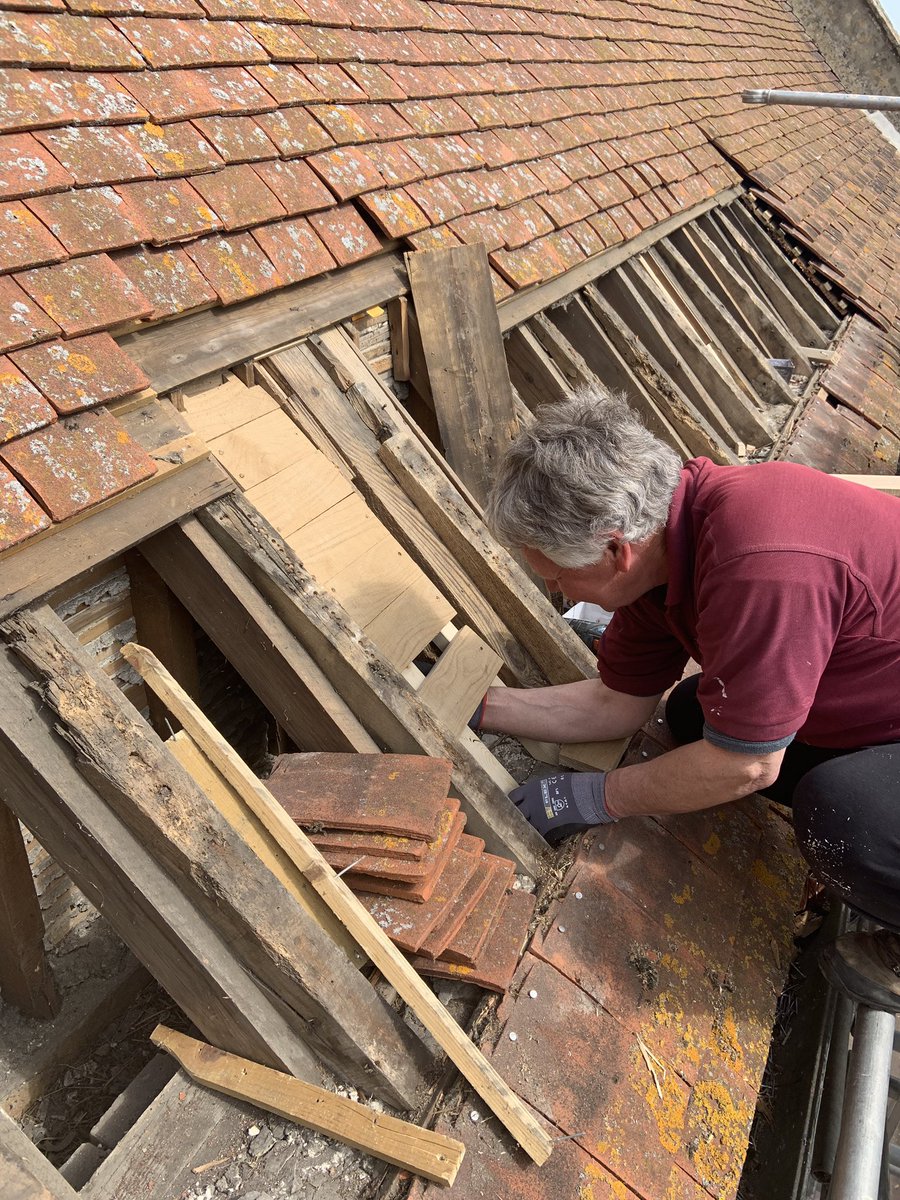 The project, together with highly skilled ecologists, church architects, conservation experts and church communities, is exploring a variety of techniques for bat mitigation. Some of these include isolating the bats from high risk areas within the churches through roof voids, tower spaces, rafter boxes and external bat boxes.
The project, together with highly skilled ecologists, church architects, conservation experts and church communities, is exploring a variety of techniques for bat mitigation. Some of these include isolating the bats from high risk areas within the churches through roof voids, tower spaces, rafter boxes and external bat boxes.
The project is also hosting training sessions, workshops and events, and publishing free online resources to download from the website.
At the end of the project, there will be plenty of well-trained professionals who can employ the techniques successfully trialled at the project churches. We hope that the connections made between ecologists, bat groups, architects, diocesan committees, conservators, and church communities will continue and that these groups will come together with a deeper understanding of each other’s concerns and the skills needed to protect bats and churches.
To find out more visit the Bats in Churches website or follow them on Twitter and Facebook for updates. Watch bat footage at St George's West Grinstead.
Photo credits: Hugh Clark, Lotty Packman Wild Wings Ecology and Chris Damant.
Sign up for our email newsletter
Get involved

